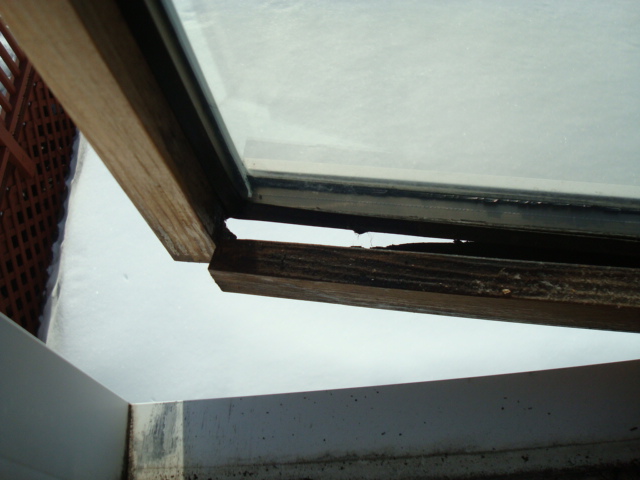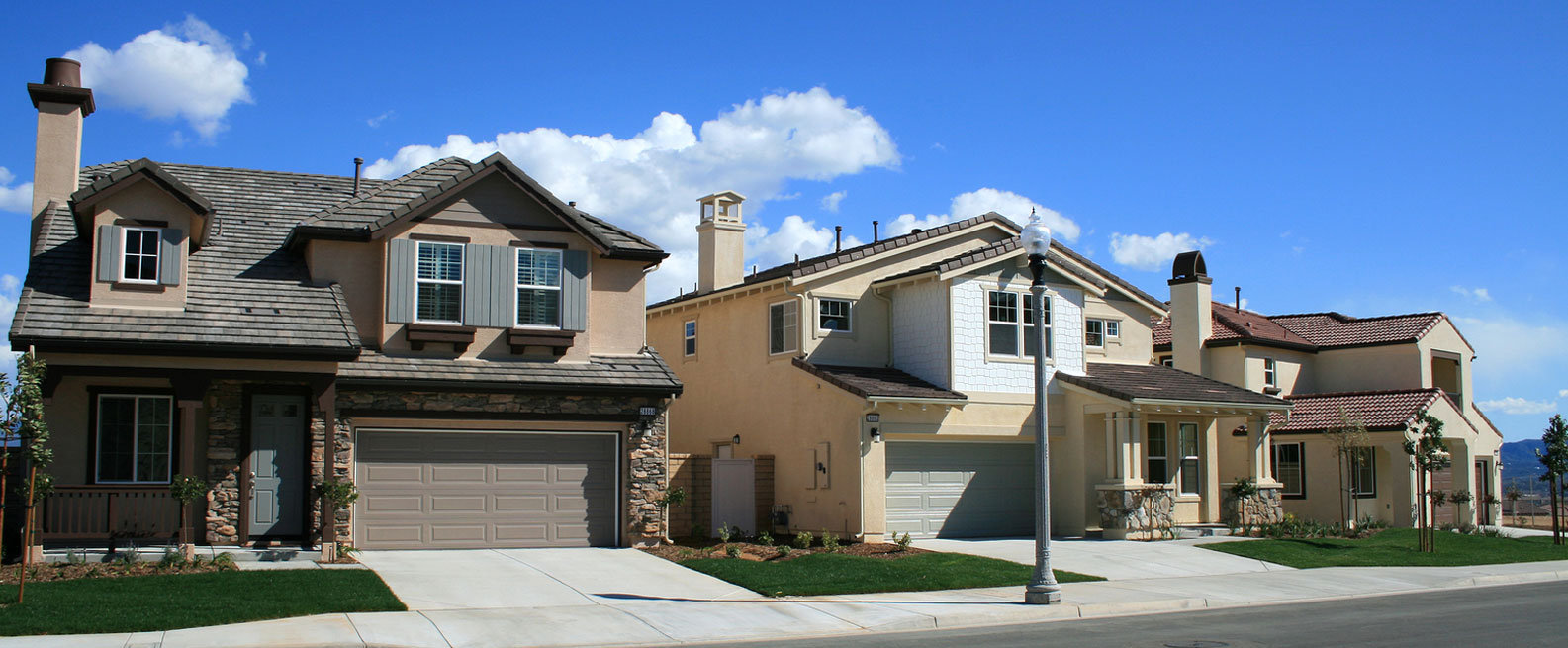Preventing Your Expensive Windows From Rotting
One of the most discouraging defects I find during a typical Minnesota home inspection is windows that have a rotted window sill or sash. Unfortunately the condition of the windows is often overlooked and before you know it they’re rotted to the point of no return leading to costly repairs that could have been avoided. I guess that’s one way to keep the economy going but if you’re like me I would rather spend my money on something else, I find no excitement in buying new windows.
This spring I was doing an inspection in Bloomington Minnesota and found this sash on a casement window that has rotted to the point of no return or repair. 
So why does this happen? Warm moist interior air comes in contact with a cool window surface causing the water in the air to condense on to the window which then runs down the glass and on to the wood framed sash. Eventually the wood finish will deteriorate allowing the water to soak into the wood causing it to rot.
Just like the air temperature we need to monitor and maintain the level of humidity all year long but even more so in the winter months. More information on that can be found here.
All homes will function differently based on a multitude of variables.
- How well is your home sealed up.
- Basement moisture levels.
- The use, (or lack of) bathroom and kitchen exhaust fans.
- The use and maintenance of air exchange ventilation fans.
- The over use of a built in humidifier.
- Blocked storm window weep holes, look for a future blog coming soon on this.
These are all variables that come into play here. In the picture this window was most likely left cracked open, based on where the rot is, and the home had high humidity levels due to the excessive use of the built in humidifier. Once the wood finish is deteriorated the wood is left unprotected and eventually rots.
So how do you know what an acceptable level is? One way is to buy a hygrometer, but an easier way is to simply look at your windows for excessive moisture and ice formation. If you see this occurring it is not normal and is attributed to high humidity and windows that leak cold air. In extreme conditions this problem may not be practical to eliminate but may be improved to an acceptable level.
Wood finishes will fail at some point, not only does the finish provide aesthetics, it is also the first line of defense protecting the wood. Ultraviolet light and moisture will degrade the finish, do not leave these area’s unfinished. A light sanding and applying a new finish will go a long way to prevent rot from setting in.
Now is the time to take action and take a closer look at what the exact cause is. Don’t forget, the cost to remedy this situation is going to be far cheaper than replacing windows.
Pete Busch
MN Home Inspector
Eagle Home Inspections










